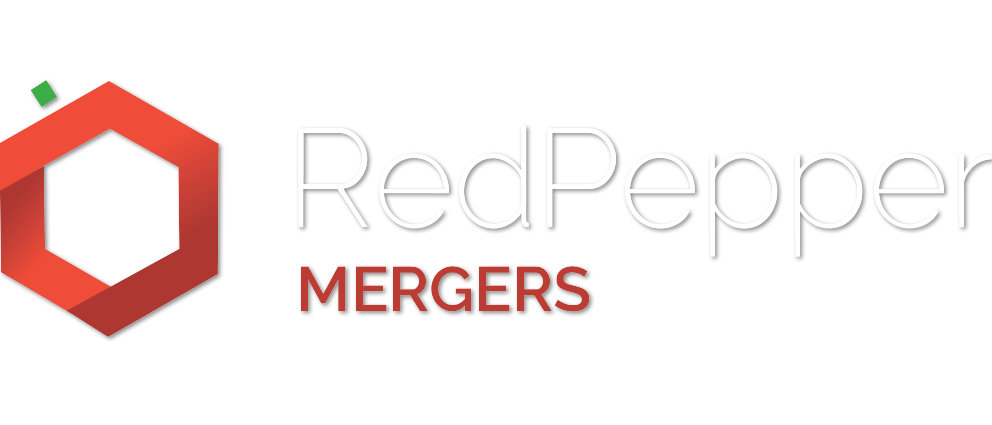Many Australians spend more time in an office than they do with their family and friends.
We’re averaging 46 hours a week looking at screens – most of it related to work – a good eight times more than the six hours we’re spending with family and friends, according to recent research research by R U OK?
So call me soft, but I do think linking CEO bonuses to staff wellbeing targets is a good idea.
Just like I think linking bonus payment to inclusion and diversity strategies might actually see senior leaders finally getting serious about the need for a more diverse range of individuals in their teams.
Indeed, anything that can create safe and inclusive working environments is a good thing.
In February 2017, Deloitte and Medibank Private plan to release a new workplace index available to organisations with more than 100 employees measuring employee wellbeing across four ‘pillar’s including mind, body, purpose and place.
It’ll involve a 57-question survey to help measure employee mental health, asking about everything from nutrition to exercise, sleep, and energy levels at work.
As The Australian reports today, it comes after recent calls by former Victorian premier Jeff Kennett to tie part of CEO performance bonuses to the overall mental wellbeing of their staff.
The Australian suggests any such plans by large organisations to do so could come up against a shareholder backlash, with some companies like the Commonwealth Bank already facing criticism for developing bonus structures linked to “non-financial outcomes”.
Given the amount of time we spend at work and how our work is increasingly extending into our homes, it’s good to see more employers acknowledging the impact their environments and cultures could be having on staff wellbeing.
If a workplace index can provide some kind of tangible data to benchmark against – as long as it’s 100% confidential for those who participate – then this seems like a good start.
The Australian Human Rights Commission finds around 45% of 16 to 85-year-olds will experience mental illness at some point in our lives, with one in five adults experiencing it in any given year.
It says you can’t always assume mental illness is something that develops outside of the workplace, often an ‘unhealthy’ work environment can exacerbate stress and contribute to the development of mental illness.
It also cites research finding ‘job stress and other work-related psychosocial hazards are emerging as the leading contributors to the burden of occupational disease and injury’.
Money talks, so here’s how all that’s affecting workplaces.
The AHRC finds employers lose 3.2 days a year per worker due to workplace stress, and that stress-related workers’ compensation claims have doubled in recent years, costing corporate Australia a massive $10 billion a year.
Work pressures account for around half of all psychological injury claims, while bullying and harassment claim another quarter of such claims.
Research by Mental Health Australia finds Australian businesses are losing more than $6.5 billion a year by failing to provide treatment and early intervention for employees suffering from mental health conditions.
Leaving aside the fact protecting the mental health of employees is absolutely the ‘right’ thing to do, there’s also a strong business case for making employee wellbeing a measurable target across corporate Australia.
This article was originally published on Women’s Agenda.
Follow StartupSmart on Facebook, Twitter, LinkedIn and iTunes.
The post Australian businesses failing to address this issue lose more than $6.5 billion a year: Is your startup prepared? appeared first on StartupSmart.
VIEW ARTICLE
If you would like to know more regarding the topic in this blog post, please do not hesitate to contact us.

